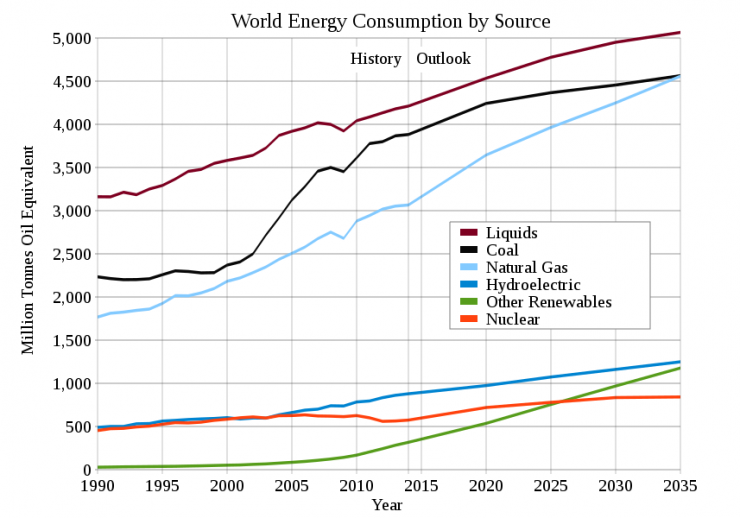What are Energy Outlooks?

Energy outlooks are all about reflecting “supply and demand.” They are projections of energy demand and availability looking out into the future. Whether combined into one document, or done as different products, outlooks can be short term, such as week to week or month to month, and others are longer term, some looking out a number of years. Whereas these outlooks may forecast 20 to 40 years, they are typically updated annually because conditions change frequently and many times unpredictably. So they are actually rolling predictions of 20 to 40 years, updated annually. For example, the COVID pandemic had an unexpected and profound impact on energy demand. We will discuss COVID impact again in a later lesson.
As you can imagine, in order to create such projections, some rather important assumptions must be made. These may be based on past energy supply and demand history combined with other patterns, such as population growth and distribution or economic development. Secondly, different types of organizations create outlooks because they wish to highlight specific trends or tell a story. In theory, all of the outlooks would be the same, or put another way, we would only need one to be done. However, in reality, not everyone agrees on what assumptions should be made and not everyone agrees on how to present the information.
It would be convenient if there were one master outlook, but in reality, there are a number of such outlooks, prepared by different organizations. A popular and important one is developed by the Energy Information Administration, which is an office of the U.S. Department of Energy.
